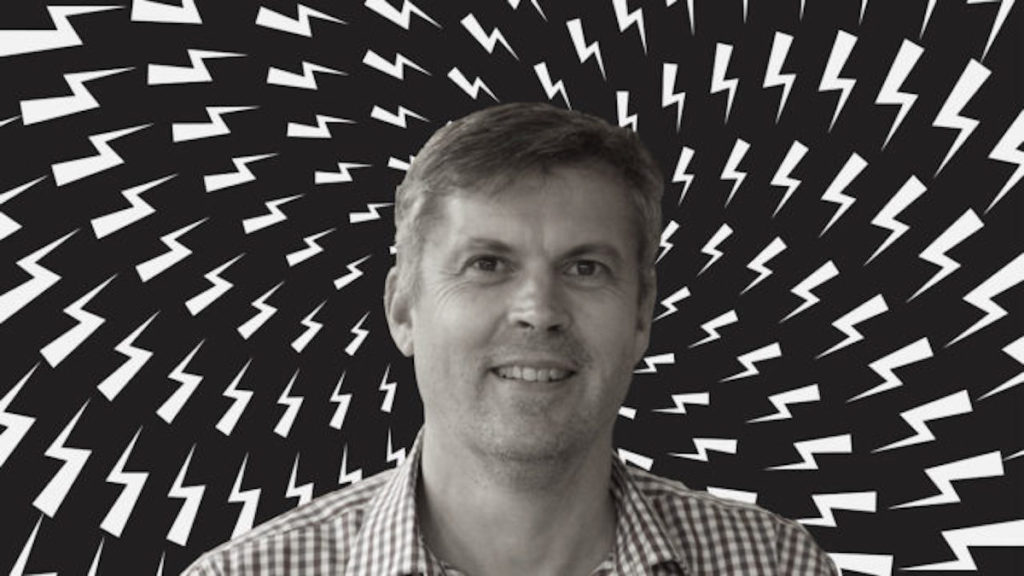Used as a coating in electric vehicle batteries to stop them from spontaneously combusting, high purity alumina (HPA) has been more of a slow-burn story than an explosive one for investors.
But with the recent announcement of Australia’s first full-scale HPA plant, the exotic material is earning its place among the more appreciated critical minerals such as copper, cobalt and graphite.
Derived from either mining kaolin or as a by-product of alumina refining, HPA is a purified form of bog-standard aluminium oxide. The material is also used extensively in light-emitting diode LED lighting, smartphone screens and – in its ultra-purest form – microchips.
A key focus is on the 99.99 per cent purity (4N) material used in EVs.
In May industry big daddy Alpha HPA (ASX:A4N) said it would forge ahead with its $550 million commercial HPA project, at Gladstone in Queensland.
Slated to produce 10,000 tonnes annually, the project will be the world’s biggest of its ilk.
Reflecting the investor interest Alpha last month supersized an intended $120 million institutional placement to $175 million, while a follow on- share purchase plan closed on Thursday.
The venture is also supported by $320 million in federal government loans via the Northern Australia Infrastructure Facility and Export Finance Australia.
Alpha expects the facility to be running by 2026-27 – not that many sleeps away, really – generating underlying earnings of $255 million to $403 million a year at a base cost of $US6.70 a kilogram.
Currently, the 4N grade material fetches $US15,000 to $US20,000 a tonne, implying a healthy margin.
Still, miserly investors may baulk at Alpha’s market capitalisation, which is nudging $900 million.
Formerly known as Altech Chemicals, Altech Batteries (ASX:ATC) has a two-pronged approach to the battery game.
The first is sodium chloride battery venture Cerenergy, in alliance with the German government battery institute, Fruanhofer IKTS.
The parties plan a €156m ($240m) facility at the company’s land in Saxony, capable of 120 units (one megawatt hour capacity) annually.
Aimed at the grid energy market, the Cerenergy batteries are fire and explosion proof and “resilient in frigid and desert environments”.
Crucially, they’re devoid of lithium, cobalt, graphite and copper, thus “eliminating exposure to critical material price rises and supply chain concerns.”
Separately, Altech is in the throes of commissioning a 120 kilograms-per-day pilot plant that incorporates high-purity alumina coated silicon into the graphite anode of lithium ion batteries.
At the evolutionary end, Impact Minerals (ASX:IPT) is eyeing a prefeasibility study for its 80 per cent owned Lake Hope HPA project in WA, after environmental surveys passed muster.
About 330km southwest of Kalgoorlie, the $250 million project consists of 3.5 million tonnes of mud-like ore, at a depth of only two metres.
Based on last year’s scoping study, the company is confident of becoming a 10,000 tonnes-a-year producer at industry-low operating costs, with a slated $250 million capital cost.
While Impact is based on mining the aluminium oxide feedstock, minnow Chemx Materials (ASX:CMX) reasons that it’s more economic to buy the aluminous chemicals and then upgrade it to the high-purity product.
Chemx is close to commissioning a commercial pilot plant in Perth, with envisaged output of 100kg a day.
Chemx CEO Peter Lee says the company’s “secret sauce” lies with its extraction techniques that are lower cost and energy efficient.
“We own the patent and we own the tech,” Lee says.
As the HPA players jockey for position, they do so with differing strategies in terms of the use of inputs, the chemistry of their processes and the way they tackle end markets.
It may be some time before the winners become apparent, but the demand dynamics suggest there is room for all.
This story does not constitute financial product advice. You should consider obtaining independent advice before making any financial decision.
The views, information, or opinions expressed in the interviews in this article are solely those of the interviewees and do not represent the views of Stockhead. Stockhead does not provide, endorse or otherwise assume responsibility for any financial product advice contained in this article.
.
The post CRITERION: The battery metal that keeps batteries from becoming time-bombs appeared first on Stockhead.






















